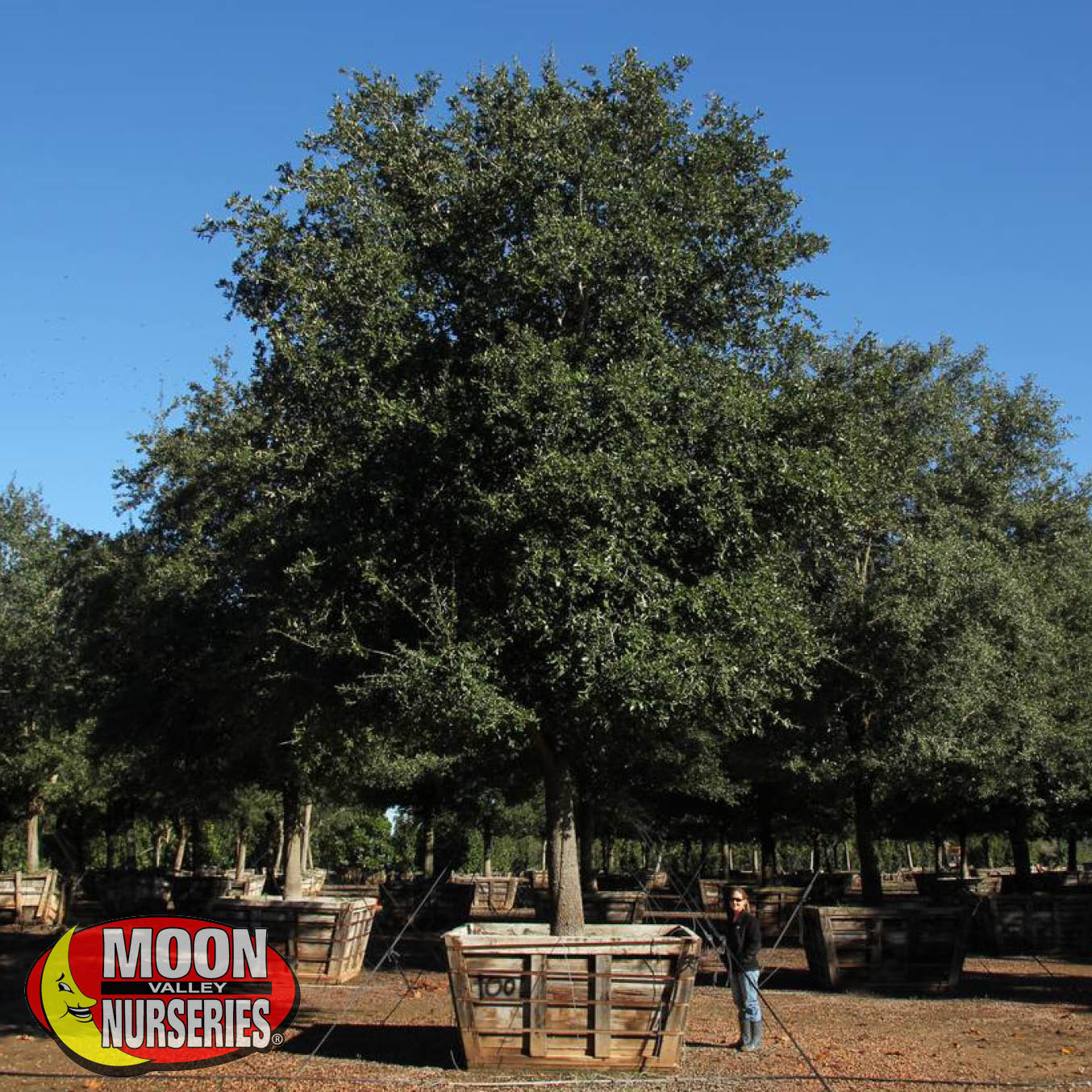

They have a life expectancy of 150-300 years, with some as oldĪs 400 years.

Though it can take 50 years for them to produce substantial amounts ofĪcorns. Maturity, which takes about 20 years for this species of tree to reach, They reach a moderate height of 65-85 feet upon Habitat, which includes the eastern and central United States, and parts Is a lowland tree that's tolerant to most climates in its natural They may be used for educational/informational purposes only, provided that this article/online journal is appropriately cited first.Oak Trees Are Majestic and Live Longer Than Humans Do most diseases, and heavy flooding.Īll of the images provided were taken by me. Pin Oaks are commonly grown in suburbs or cities for their resistances to urban pollution, other city conditions, most pests. This tree is relatively short-lived but grows rapidly. The fruits, acorns, require 2 years to fully mature. Inundation of seedlings for short periods in the summer is not typically fatal. This oak is highly tolerant of flooding, especially during the dormant season. Seeds require stratification: yes, must have two separate dormancy periods in order to germinate Leaves: to 15 centimeters (6 inches) long, 5-9 points with deep lobes nearly to the midrib/central veinįlowers: reddish-green and short female catkins, yellow-green and slender male catkins, wind-pollinated, occur in Aprilįruits: acorns, round with saucer-like, flat cap, to 1 centimeter (0.5 inches) around, mature in October during the second year, requires 2 years to fully mature and germinate, requires 4-7 weeks of near freezing conditions for germination, dispersed by squirrels and birdsīark: gray-brown, smooth, thin, to 1 meter (3 feet) in diameterįorm: pyramidal, upper branches raised, middle branches horizontal, lower branches drooping
#Age of water oaks full#
Sun requirement: requires full sun past seedling stages Soil requirements: prefers acidic, moist (nearly wet) medium/loamy soilsĪir requirements: tolerates poor air quality (urban pollution) Poisonous: causes mild toxicity if the acorns or young leaves are eaten without proper cooking Problems (minor): resistant to or tends to avoid common oak ailments (Oak wilt, Chestnut blight), Oak leaf blister, Cankers, Leaf Spot, Powdery Mildew, Anthracnose, Shoestring root rot),susceptible to breakage

Heavy shading is fatal to saplings, and the few that survive grow slowly and frequently die. This oak is susceptible to oak lace bugs, oak skeletonizer, nut weevils, leaf miner, galls, borers, scale, and caterpillars. Problems (major): Chlorosis (iron deficiency) causes leaves to yellow in alkaline soils (even slightly acidic soils in this case, a pH of 6 and higher). Tolerates: poorly drained soils, acidic soils, clay soils, flooding (complete inundation of seedlings rarely lethal), urban conditions, transplanting Subspecies: ‘Crown Right’, ‘Sovereign’ hybrids include Quercus x mutabilis, Q. Root System: fibrous, shallow, aggressive surface roots potential Growth Rate: Fast, surveyed thirty-year old trees averaged about 20 meters in height.Īge: These may begin producing acorns at 15-20 years old and reach maximum size by age 100. Height: 15-21 meters (50-70 feet) tall, rarely to 30 meters (100 feet) tallĭiameter: canopy 12-18 meters (40-60 feet) wide, trunk to 40 centimeters (16 inches) (based on d.b.h, diameter at breast height) Quercus palustris (Pin Oak, Swamp Oak, Water Oak) They thrive in lowlands where the soils are heavy (clay), wet or moist, acidic, and often poorly drained. They are extraordinarily resistant to flooding, especially during winter, due to their shallow root systems. Considered a Red Oak (Section Erythrobalanus), Pin Oaks are fast-growing trees that are highly tolerant of urban air quality and other conditions.


 0 kommentar(er)
0 kommentar(er)
